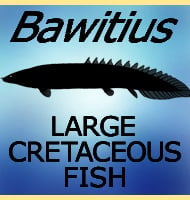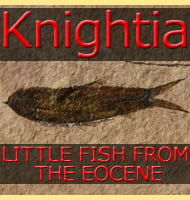Bawitius
In Depth Bawitius was a prehistoric relative to the Polypterus genus of fish that we know today, which is also a popular fish amongst aquarium keepers. However comparison between fossils of Bawitius compared with Polypterus, indicate that Bawitius was much larger, potentially reaching sizes up three meters long. Aside from other large fish such as … Read more


